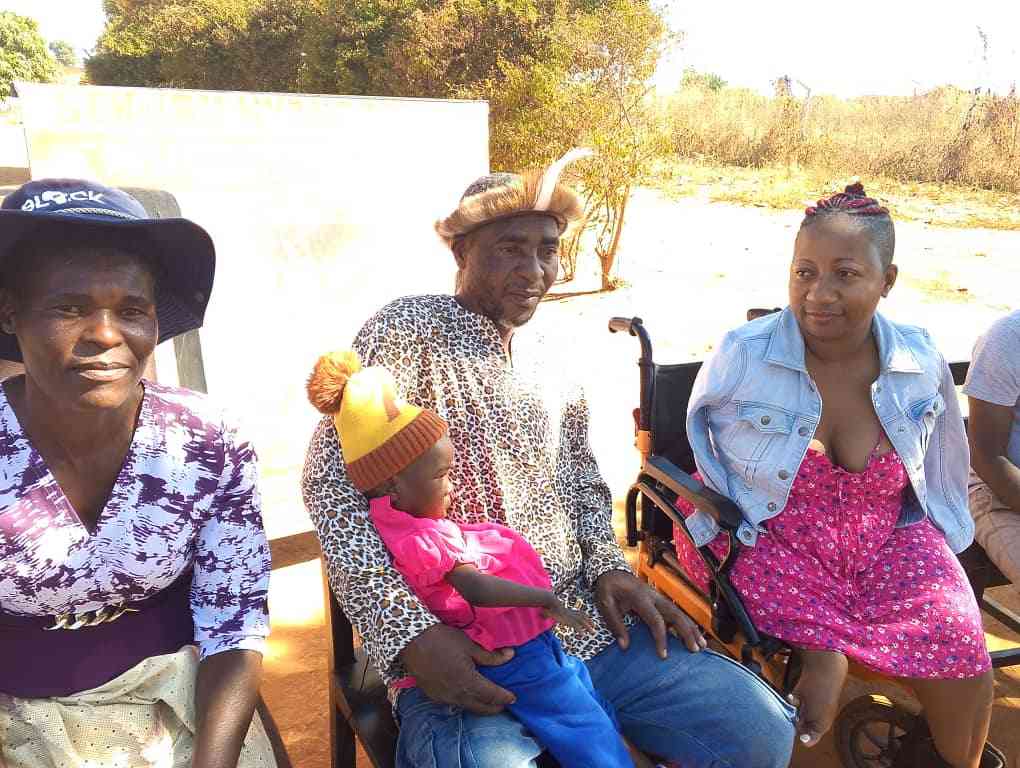
By Caitlin Mahon
Demand, supply and adherence to HIV prevention among sex workers in Zimbabwe is critical for supporting this group to stay HIV-negative, but where are we losing them along the HIV prevention cascade?
Just over half (54,7%) of female sex workers in Zimbabwe reported being adherent to either condoms or pre-exposure prophylaxis (PrEP). But what are the factors influencing uptake of these two prevention interventions?
Supporting female sex workers to remain HIV-negative requires the use of vital HIV prevention tools, including condoms and PrEP. In a study of sex workers released in the journal, JAIDS, researchers used an HIV prevention cascade framework to better understand how many sex workers “demanded”, were “supplied” and then “adhered” to either condoms or PrEP. Knowing this can help identify where gaps exist in programme delivery.
Sex work is both illegal and stigmatised in Zimbabwe, and rates of HIV are therefore substantially higher than the general population. The Sisters Antiretroviral Programme for Prevention of HIV — an Integrated Response (SAPPH-IRe) was a randomised trial of enhanced HIV care and prevention packages for female sex workers in Zimbabwe.
Across 14 sites, the national “Sisters with a Voice” programme (Sisters) provided free condoms and contraception, HIV testing and counselling, STI management, health education, community mobilisation, and legal advice. In half the sites, enhanced community mobilisation in addition to PrEP and antiretroviral treatment (ART) services was delivered as the compared intervention.
In a sample consisting of 1 439 women who participated in the original Sisters programme, 611 women were found to be HIV-negative and were interviewed using a survey. The women self-reported socio-demographic data, their relationships with other sex workers, number of clients per week, the age they started sex work, their alcohol use, experiences of violence, stigma and abuse. The researchers also asked about factors affecting their supply of condoms.
To understand the prevention cascade, women were first asked if they had used condoms or PrEP (this was considered ‘coverage’), while adherence was defined in the primary analysis as no instances of condomless sex or that they were taking PrEP every day. ‘Demand’ was defined as women self-reporting ever hearing of PrEP before, and/or knowing that condoms could protect them from HIV. ‘Supply’ was defined as having ever been offered PrEP, and/or if condoms were easily available to them.
- Chamisa under fire over US$120K donation
- Mavhunga puts DeMbare into Chibuku quarterfinals
- Pension funds bet on Cabora Bassa oilfields
- Councils defy govt fire tender directive
Keep Reading
The average age of the women in the study was 30.4 years. Most only had primary education (68,2%), were divorced or separated (63,2%), had started sex work after the age of 20 (67,6%) and had one to five clients per week (60,3%).
The analysis revealed that supply and demand of condoms were not an issue for the study participants, while there were significant gaps in adherence. For PrEP, a new technology at the time in Zimbabwe, there were gaps along all steps in the HIV prevention cascade — in demand, supply and adherence domains.
Of the 54,7% of women who reported adherence to condoms or PrEP, 39,1% were using condoms consistently, but were not taking or adhering to PrEP. There were 9,2% who were taking PrEP every day but not adherent to condoms, while,.4% were adherent to both condoms and PrEP.
The large majority of women (94%) knew that condoms prevented HIV and that they could access them, but less than half reported being always adherent to condoms. For PrEP, 60,9% of the women had ever heard of PrEP, and around a quarter had ever been offered it. Just 15,6% were consistently taking PrEP every day.
Condom adherence was measured via a variety of means – including condom use at last sex, anal sex, in the last month, six months, 12 months, or every time they have sex. Results for adherence varied — for example, the majority (96,3%) of women reported using a condom during their last sex, but only 50.4% said they always used a condom with a client in the past month. Interestingly, the UNAids Global Aids Monitoring indicator of condom use is reported condom use at last sex. The authors therefor caution using this statistic as it is shown here to give a false indication of high condom use.
Condom non-adherence was linked to alcohol use, and alcohol use of their clients, with a weaker association between non-adherence and physical violence. When it was the male partner’s job to provide the condom, women were also less likely to be adherent compared to receiving condoms from the Sisters programme.
Older study participants on PrEP who had started sex work at an earlier age — meaning they had been sex workers for longer — were the most likely to adhere to PrEP.
PrEP interventions should consider supporting younger women to consider and adhere to PrEP, note the authors. PrEP non-adherence was associated with alcohol use of two to three times a week, but there was no significant impact on those reporting binge drinking.
While there was a small proportion of the women who reported frequent alcohol drinking, for both PrEP and condom adherence these were indicators of non-adherence.
In their conclusion, the authors note, “In line with a combination prevention approach, we recommend that prevention cascades consider demand, supply and capability to adhere to different prevention tools together, and investigate the role of structural, community and individual level factors in determining coverage.” — avert.org











